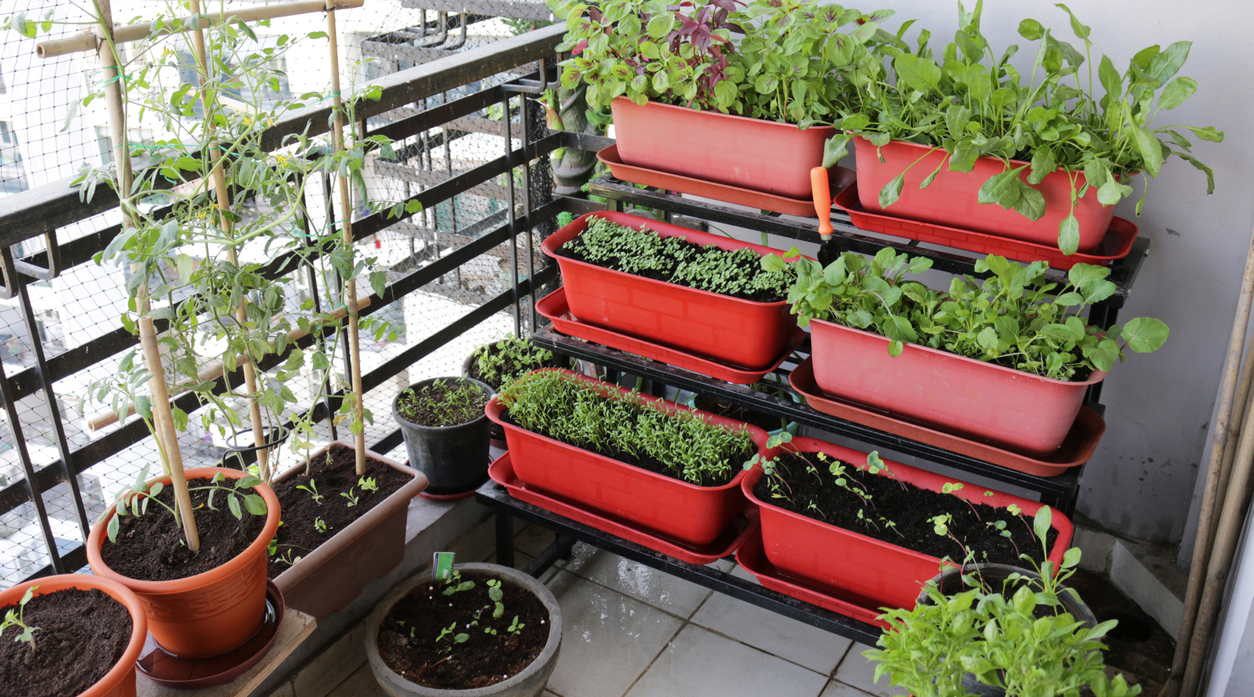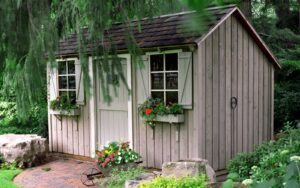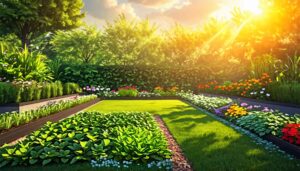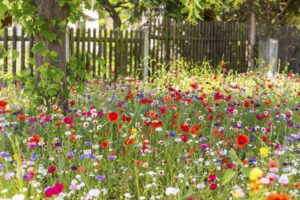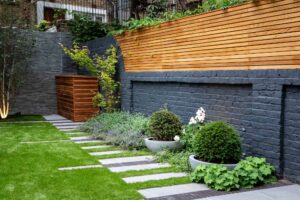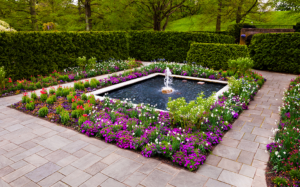Potted Vegetable Garden: The Complete Guide to Container Gardening Success
Growing your own vegetables doesn’t require acres of land or even a traditional garden plot. With container gardening, you can transform a small patio, balcony, or even a sunny windowsill into a productive mini-farm that yields fresh, homegrown produce. Container vegetable gardening offers flexibility, accessibility, and the joy of harvesting your own food without the commitment of a full garden bed. Whether you’re a city dweller with limited outdoor space, a renter who can’t dig up the yard, or simply looking for a manageable way to start growing food, this comprehensive guide will walk you through everything you need to know to create a thriving potted vegetable garden.
Why Start a Potted Vegetable Garden?
Before diving into the how-to, let’s explore the compelling benefits of container vegetable gardening:
- Space Efficiency: Grow food in areas where traditional gardens aren’t possible—balconies, patios, rooftops, or even indoor spaces.
- Accessibility: Perfect for gardeners with mobility challenges or those who prefer not to kneel or bend.
- Pest and Disease Management: Easier to monitor and control compared to ground gardens.
- Soil Control: Create the ideal growing medium for each plant without amending difficult native soil.
- Extended Growing Season: Containers can be moved to protect plants from weather extremes.
- Reduced Weeding: Container gardens typically face fewer weed challenges than in-ground gardens.
- Attractive Design Element: Containers add vertical interest and can beautify your outdoor living space.
- High Productivity: Properly maintained container vegetables often yield abundantly in small spaces.
Essential Supplies for Container Vegetable Gardening
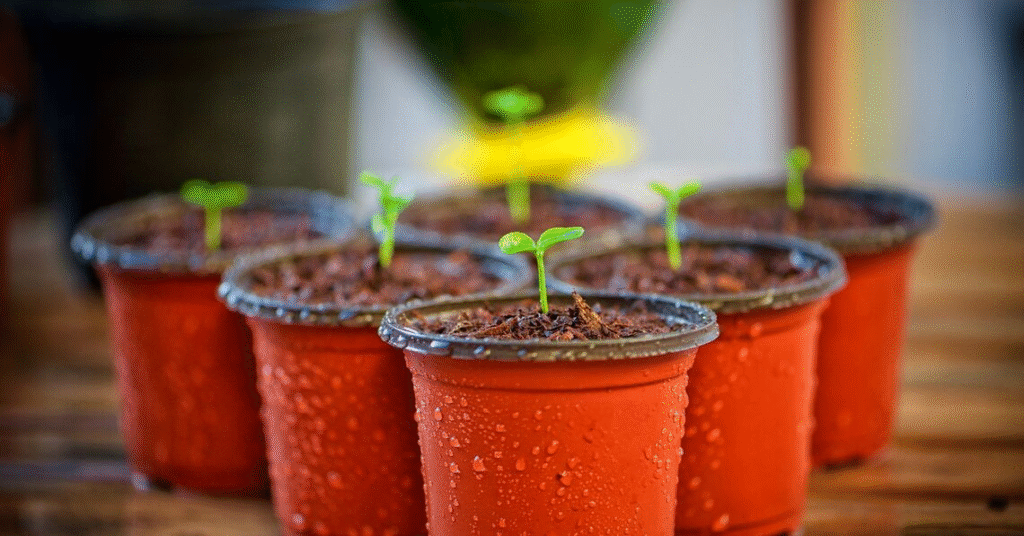
Setting up your potted vegetable garden requires some basic supplies. Invest in quality materials from the start for better long-term results.
Containers
The vessels for your plants matter significantly. Consider these options:
- Traditional Pots: Ceramic, terracotta, or plastic pots in various sizes
- Fabric Grow Bags: Breathable material that prevents root circling and promotes air pruning
- Self-Watering Containers: Feature water reservoirs to reduce watering frequency
- Repurposed Items: Food-safe buckets, wooden crates, or half barrels
- Vertical Systems: Stacked or wall-mounted containers to maximize space
- Railing Planters: Designed to hang on balcony or deck railings
- Window Boxes: Slim containers ideal for herbs and compact vegetables
Key Container Requirements:
- Adequate drainage holes (essential to prevent root rot)
- Appropriate size for the vegetable type (see size guide in later section)
- Food-safe materials (avoid treated wood or containers that previously held chemicals)
- Durable enough to withstand weather conditions in your area
- Light enough to move if necessary (or placed on plant caddies)
Potting Mix
Never use garden soil in containers. Instead, invest in quality potting mix:
- Commercial Potting Mix: Look for products specifically labeled for vegetables or organic options
- DIY Mix Recipe:
- 60% high-quality compost
- 30% coconut coir or peat moss
- 10% perlite or vermiculite for drainage
Important Mix Considerations:
- Should be lightweight yet moisture-retentive
- Must provide good drainage while holding nutrients
- Should be free from pathogens (commercial mixes are typically sterilized)
- May need amendments based on specific vegetable needs (more in later sections)
Additional Essential Supplies
Complete your container gardening setup with:
- Watering Tools: Watering can with narrow spout or hose with adjustable nozzle
- Hand Trowel: For planting and minor soil amendments
- Pruners: For harvesting and maintenance
- Organic Fertilizer: Slow-release granular or liquid options designed for vegetables
- Plant Labels: To track what you’ve planted and when
- Trellises or Supports: For vining or tall vegetables
- Moisture Meter: Optional but helpful for beginners to avoid over/under watering
- Gloves: To protect hands during planting and maintenance
Best Vegetable Plants for Container Gardening
Not all vegetables perform equally well in containers. Focus on these reliable producers when starting your potted vegetable garden:
Excellent Performers for Beginners
These vegetables consistently deliver great results in containers with minimal fuss:
- Cherry Tomatoes: Compact varieties like ‘Tiny Tim’ or ‘Tumbling Tom’
- Container size: 5-gallon minimum
- Light needs: Full sun (6+ hours)
- Special needs: Support for most varieties
- Lettuce and Salad Greens: ‘Buttercrunch,’ ‘Mesclun Mix,’ ‘Arugula’
- Container size: As small as 6″ deep
- Light needs: Partial shade in summer, full sun in spring/fall
- Special needs: Consistent moisture, succession planting
- Bush Beans: ‘Blue Lake Bush,’ ‘Provider,’ ‘Royal Burgundy’
- Container size: 10-12″ deep
- Light needs: Full sun
- Special needs: Moderate but consistent water
- Peppers (both sweet and hot): ‘Hungarian Wax,’ ‘Lunchbox,’ ‘Jalapeño’
- Container size: 3-5 gallon
- Light needs: Full sun
- Special needs: Warm conditions, moderate feeding
- Green Onions/Scallions: Any bunching variety
- Container size: 6″ deep minimum
- Light needs: Full to partial sun
- Special needs: Can be regrown from grocery store scraps
- Radishes: ‘Cherry Belle,’ ‘French Breakfast’
- Container size: 6″ deep
- Light needs: Partial sun
- Special needs: Quick-growing, harvest within 30 days
- Herbs: Basil, cilantro, parsley, thyme, mint
- Container size: 6-8″ deep
- Light needs: Varies by herb (most like full morning sun)
- Special needs: Regular harvesting encourages growth
Intermediate Container Vegetables
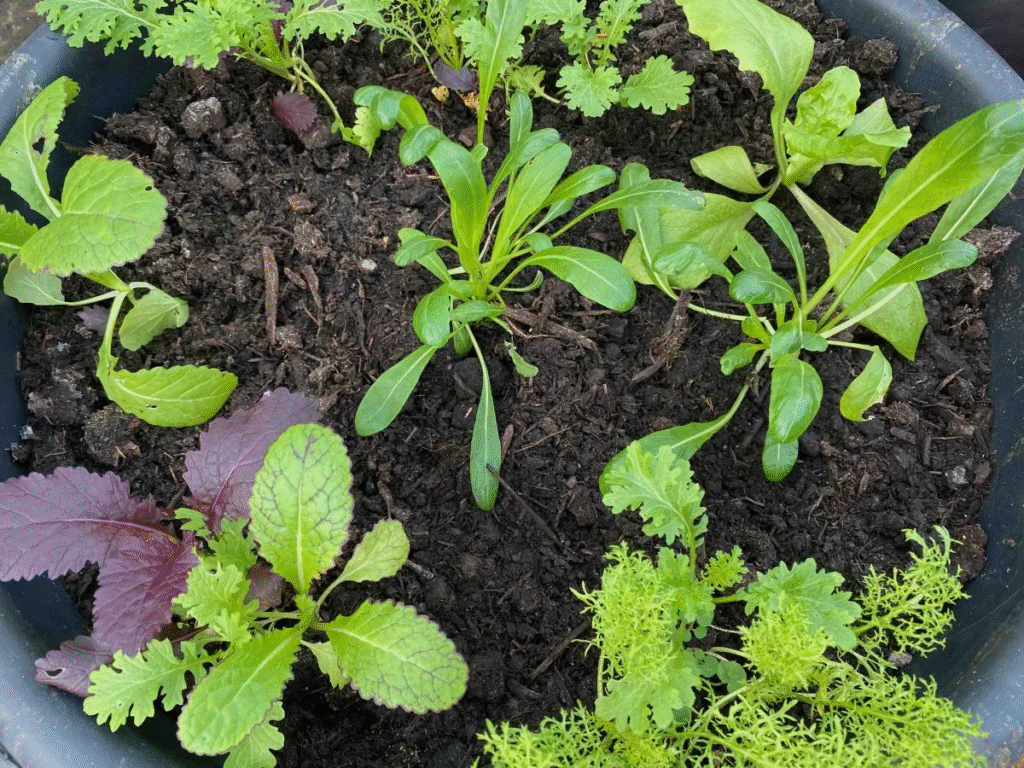
Once you’ve mastered the basics, try these rewarding but slightly more demanding crops:
- Zucchini and Summer Squash: Compact varieties like ‘Patio Star’ or ‘Bush Baby’
- Container size: 5-7 gallon
- Light needs: Full sun
- Special needs: Regular harvesting, watch for powdery mildew
- Eggplant: ‘Fairy Tale,’ ‘Patio Baby,’ ‘Hansel’
- Container size: 5 gallon
- Light needs: Full sun
- Special needs: Warm conditions, consistent feeding
- Cucumbers: ‘Spacemaster,’ ‘Salad Bush,’ ‘Patio Snacker’
- Container size: 5 gallon
- Light needs: Full sun
- Special needs: Trellising, consistent moisture
- Kale and Collards: ‘Dwarf Blue Curled,’ ‘Red Russian’
- Container size: 10-12″ deep
- Light needs: Full to partial sun
- Special needs: Rich soil, cool weather preference
- Carrots: ‘Paris Market,’ ‘Thumbelina,’ ‘Atlas’
- Container size: 12″ deep minimum
- Light needs: Full sun
- Special needs: Loose, stone-free soil; thin seedlings properly
Advanced Container Challenges
For experienced container gardeners looking for a challenge:
- Determinate or Dwarf Tomatoes: ‘Bush Champion,’ ‘Patio Princess’
- Container size: 7-10 gallon
- Light needs: Full sun
- Special needs: Sturdy support, consistent feeding, disease monitoring
- Pole Beans: ‘Kentucky Wonder,’ ‘Blue Lake’
- Container size: 12″ deep minimum
- Light needs: Full sun
- Special needs: Substantial trellis or support system
- Potatoes: ‘Yukon Gold,’ ‘Red Pontiac,’ or any “new potato” variety
- Container size: Deep containers or grow bags (minimum 15″ deep)
- Light needs: Full sun
- Special needs: “Hilling” technique, harvest timing
- Compact Fruit: Strawberries, dwarf blueberry varieties
- Container size: Varies by plant (strawberries as small as 8″ deep)
- Light needs: Full sun
- Special needs: Winter protection in cold climates
Vegetable Container Gardening for Dummies: Getting Started
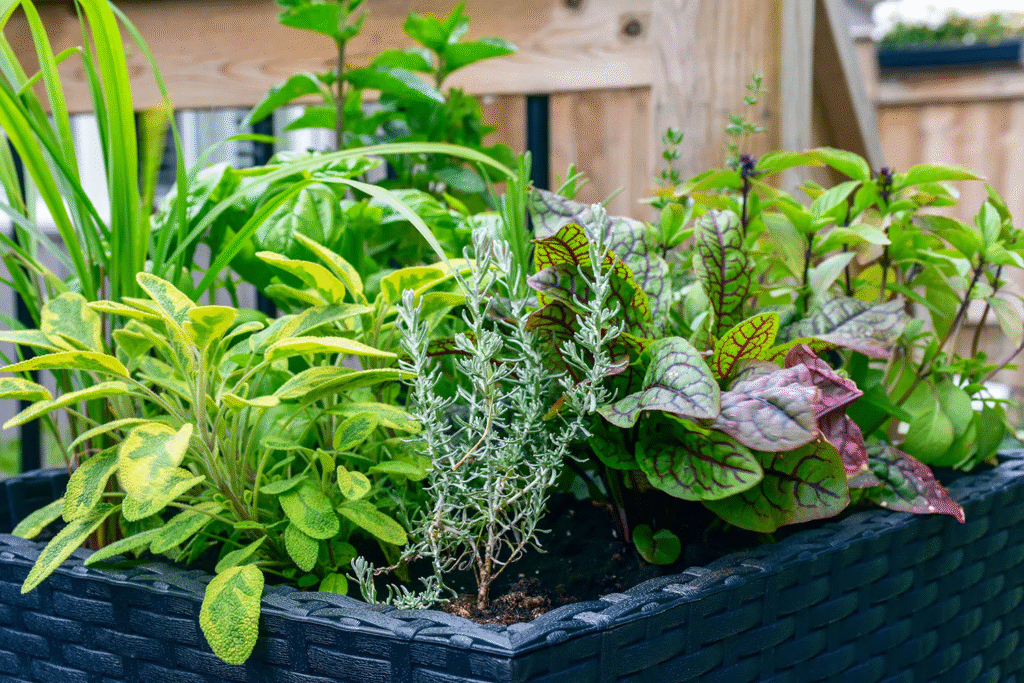
If you’re completely new to growing vegetables, follow this straightforward process to set up your first container garden:
Step 1: Assess Your Space
Before purchasing any supplies:
- Identify areas that receive at least 6 hours of direct sunlight daily
- Note which areas are sheltered from strong winds
- Consider access to water sources
- Evaluate if the space can support the weight of containers (especially for balconies)
- Measure your available space to determine how many containers will fit
Step 2: Start Small and Strategic
For beginners, it’s better to succeed with a few containers than to get overwhelmed by many:
- Choose 3-5 vegetables from the “Excellent Performers for Beginners” list
- Select varieties specifically bred for containers (look for terms like “bush,” “patio,” “compact,” or “dwarf”)
- Consider your cooking habits—grow what you’ll actually eat
- Include at least one quick-growing crop for early satisfaction (radishes, lettuce)
Step 3: Prepare Your Containers
Set up properly from the start:
- Ensure containers have drainage holes (drill some if necessary)
- For large containers, add a layer of lightweight material (clean pebbles or broken pottery) to improve drainage
- Fill with high-quality potting mix to about 1 inch below the rim
- Pre-moisten the soil before planting
- Position containers in their sunny location
Step 4: Plant Correctly
Proper planting technique sets the stage for success:
- Follow seed packet depth instructions precisely
- For seedlings, plant at the same depth they were growing in their nursery pots (exception: tomatoes can be planted deeper)
- Space plants according to container size (see next section)
- Water thoroughly after planting
- Apply a light layer of mulch to retain moisture
Step 5: Establish a Care Routine
Consistency is key for container gardens:
- Water when the top inch of soil feels dry (stick your finger in to test)
- Feed with diluted liquid organic fertilizer every 2-3 weeks
- Check daily for pests or problems (early detection is crucial)
- Harvest regularly to encourage continued production
- Remove any dead or yellowing leaves promptly
Container Size Guide for Common Vegetables
One of the most common container gardening mistakes is using pots that are too small. Use this guide to ensure your vegetables have adequate root space:
Small Containers (6-8″ deep, 1-2 gallon)
- Herbs (most varieties)
- Lettuce and salad greens
- Radishes
- Green onions
- Microgreens
- Spinach
Medium Containers (10-12″ deep, 3-5 gallon)
- Bush beans
- Compact peppers
- Compact eggplant
- Beets
- Swiss chard
- Kale
- Compact peas
- Turnips
Large Containers (12″+ deep, 5+ gallon)
- Tomatoes (all types)
- Zucchini and summer squash
- Cucumbers
- Full-sized peppers
- Full-sized eggplant
- Potatoes
- Sweet potatoes
- Winter squash
Container Spacing Guidelines
Unlike traditional garden spacing, container vegetables can be planted somewhat closer together:
- For single-variety containers: Follow the spacing on seed packets but reduce by about 20-30%
- For mixed plantings: Use the “thriller, filler, spiller” approach
- Thriller: Tall center plant (tomato, pepper)
- Filler: Medium-height plants around the center (basil, compact marigolds)
- Spiller: Edge plants that can drape over sides (thyme, nasturtium)
Backyard Container Vegetable Garden Ideas
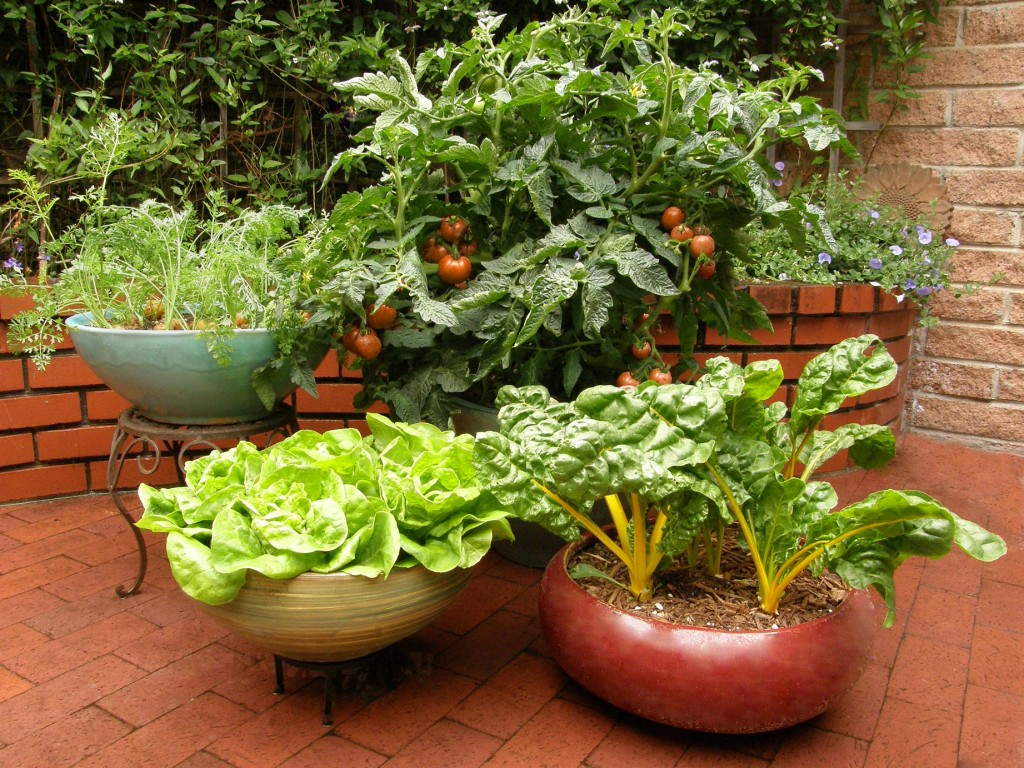
Transform your outdoor space with these creative container arrangements:
Strategic Container Groupings
- The Salad Bar:
- Group several medium containers with different lettuce varieties, radishes, green onions, and dwarf cherry tomatoes
- Arrange in tiers (using crates or stands) for visual interest and accessibility
- Place near the kitchen door for easy harvest
- Pizza Garden:
- Cluster containers growing tomatoes, peppers, basil, oregano, and garlic
- Use containers of varying heights for visual appeal
- Add nasturtiums for edible flowers that also repel pests
- Salsa Garden:
- Combine tomatoes, hot peppers, cilantro, and onions
- Use terracotta pots for a cohesive, traditional look
- Position in full sun for maximum flavor development
Vertical Container Systems
- Pallet Garden:
- Retrofit a wooden pallet with landscaping fabric
- Plant shallow-rooted vegetables and herbs in the slots
- Lean against a sunny wall to maximize ground space
- Tiered Container Stand:
- Use a purchased plant stand or DIY with cinder blocks and wood
- Position larger containers on the bottom, smaller on top
- Ensure all plants receive adequate light
- Trellis Wall:
- Set up containers along a sunny wall
- Install trellises directly to the wall or use freestanding versions
- Plant climbing vegetables like cucumbers, beans, or compact squash
Themed Container Gardens
- Culinary Herb Spiral:
- Arrange containers in a spiral pattern
- Plant Mediterranean herbs (thyme, rosemary) at the top (drier conditions)
- Position moisture-loving herbs (mint, parsley) at the bottom
- Three Sisters Containers:
- Adapt the Native American companion planting technique
- In a large container (15+ gallons), plant corn in the center
- Add pole beans to climb the corn stalks
- Edge with compact squash varieties
- Rainbow Garden:
- Arrange containers by color progression
- Include vegetables in various colors: purple cabbage, red peppers, orange carrots, yellow squash, green beans
Design Considerations for Container Arrangements
- Accessibility:
- Ensure pathways between container groupings are wide enough for easy harvest
- Position frequently harvested plants at comfortable reaching height
- Consider raised platforms for less bending
- Visual Impact:
- Use containers with complementary colors or materials
- Include some flowering plants to attract pollinators and add color
- Consider the backdrop (wall, fence) when arranging containers
- Practical Positioning:
- Arrange taller containers at the north side to avoid shading shorter ones
- Group plants with similar water needs together
- Position heavy containers where they won’t need frequent moving
Potted Vegetable Garden for Beginners: Common Challenges and Solutions
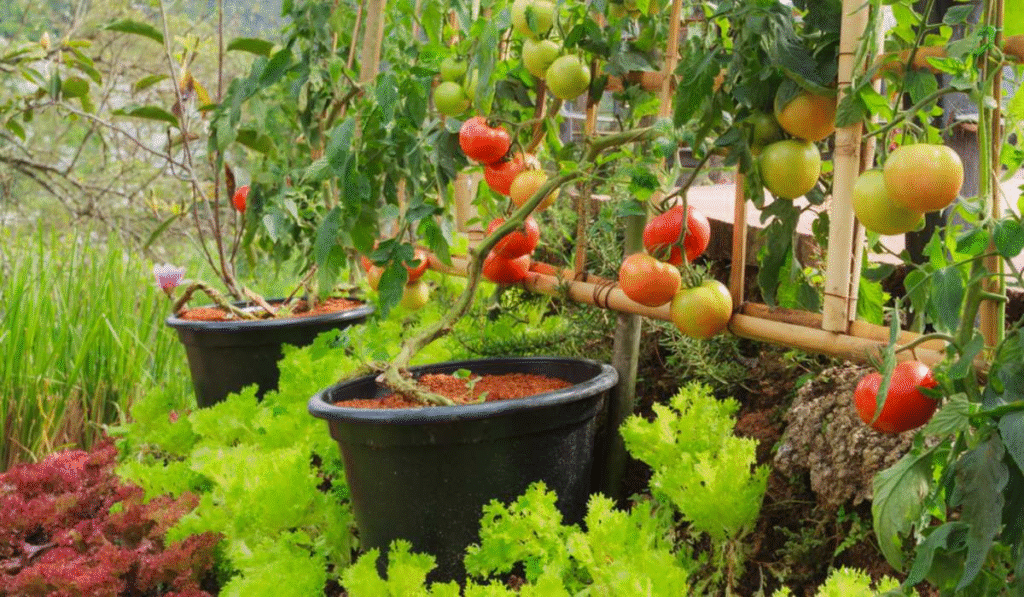
Even with the best preparation, container gardeners often face these common challenges:
Watering Issues
Problem: Containers dry out quickly, especially in hot weather.
Solutions:
- Group containers close together to create a microclimate
- Apply a 1-2 inch layer of mulch on soil surface
- Install drip irrigation with a timer
- Use self-watering containers
- Make water-wicking systems with rope through drainage holes
- Consider adding water-retaining polymer crystals to the potting mix
Problem: Overwatering causing yellow leaves and root rot.
Solutions:
- Ensure adequate drainage holes
- Add more drainage material to potting mix
- Only water when top inch of soil is dry
- Move containers under cover during heavy rain periods
- Consider moisture meters for more accurate watering
Nutrient Deficiencies
Problem: Stunted growth, yellowing leaves, poor production due to nutrient depletion.
Solutions:
- Feed regularly with balanced organic fertilizer
- Watch for specific deficiency signs:
- Yellowing older leaves (nitrogen deficiency)
- Purple leaf undersides (phosphorus deficiency)
- Browning leaf edges (potassium deficiency)
- Consider foliar feeding for quick nutrient uptake
- Replace 1/3 of potting mix midseason for long-growing vegetables
Pest Management
Problem: Aphids, whiteflies, or spider mites attacking container plants.
Solutions:
- Inspect plants frequently, checking leaf undersides
- Spray affected plants with strong water stream to dislodge pests
- Apply insecticidal soap for persistent problems
- Introduce beneficial insects like ladybugs
- Treat with neem oil as a natural deterrent
- Isolate affected containers to prevent spread
Temperature Extremes
Problem: Heat stress causing wilting and poor production.
Solutions:
- Move containers to shadier locations during heat waves
- Create shade with cloth during peak afternoon hours
- Water in the morning before heat builds
- Group containers to create cooling microclimate
- Choose heat-tolerant varieties for summer planting
Problem: Cold damage from early or late frosts.
Solutions:
- Move containers to protected areas when frost threatens
- Cover plants with frost cloth or old bedsheets overnight
- Place containers against thermal mass (brick wall) for warmth
- Use cloches or mini-greenhouses for season extension
- Bring compact containers indoors during severe weather
Seasonal Care for Potted Vegetable Gardens
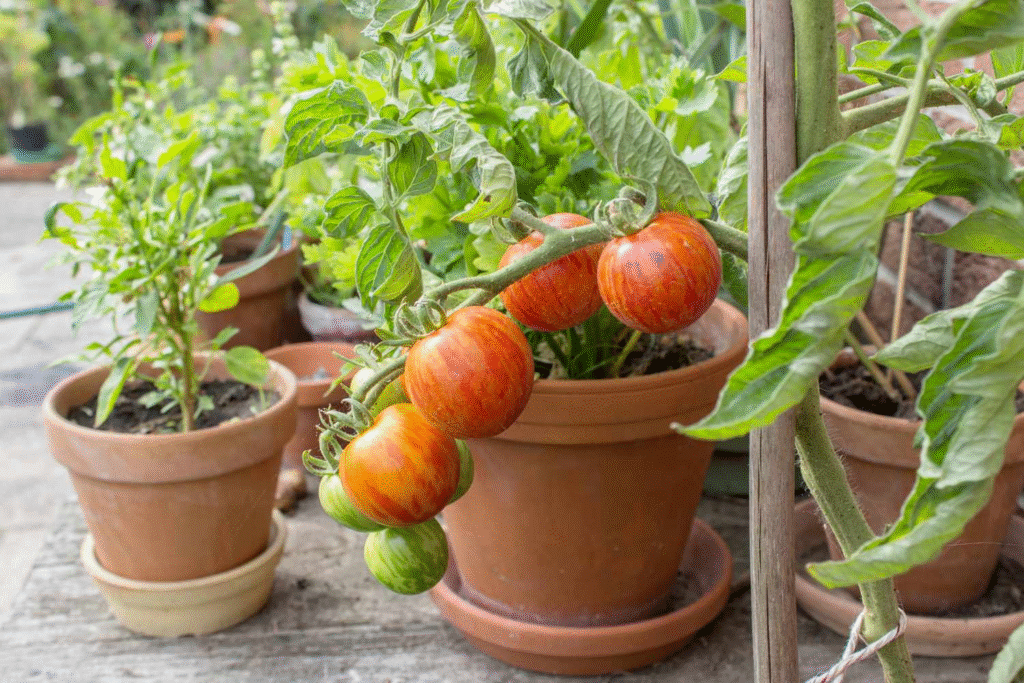
Adapt your container gardening approach throughout the growing season:
Spring
- Preparation:
- Clean and sanitize containers from previous season
- Purchase fresh potting mix
- Check irrigation systems
- Start seeds indoors for early planting
- Planting:
- Begin with cool-season crops (lettuce, peas, radishes)
- Gradually harden off seedlings before transplanting
- Wait until after last frost for warm-season vegetables
- Position containers to maximize spring sunlight
- Maintenance:
- Monitor for late frosts and protect as needed
- Begin light feeding program
- Install supports for climbing vegetables
Summer
- Watering:
- Increase watering frequency during hot periods
- Water in early morning for best absorption
- Consider automated irrigation during vacations
- Feeding:
- Maintain regular fertilization schedule
- Switch to slightly higher potassium feed for fruiting vegetables
- Consider compost tea applications for micronutrients
- Management:
- Harvest frequently to encourage production
- Provide shade during extreme heat
- Monitor closely for pest outbreaks
- Succession plant quick crops as space becomes available
Fall
- Transition:
- Remove summer crops as they decline
- Plant fall crops (kale, spinach, radishes, lettuce)
- Adjust container positions for changing sun angle
- Protection:
- Be prepared to cover containers during early frosts
- Use cloches or row covers to extend the season
- Consider moving some herbs indoors for winter harvest
- Planning:
- Note which varieties performed well
- Clean and store empty containers
- Order seeds for next season
- Start winter vegetables in protected areas
Winter
- Protection:
- Move perennial containers to sheltered locations
- Insulate container sides with bubble wrap or straw
- Elevate containers to prevent freezing to ground
- Consider bringing compact herbs indoors
- Maintenance:
- Check wintering containers occasionally for moisture needs
- Clean and repair tools and irrigation equipment
- Plan next year’s container garden layout
- Indoor Options:
- Grow microgreens on sunny windowsills
- Consider grow lights for lettuce or herbs
- Sprout seeds for winter nutrition boost
Container Vegetable Gardening: Beyond the Basics
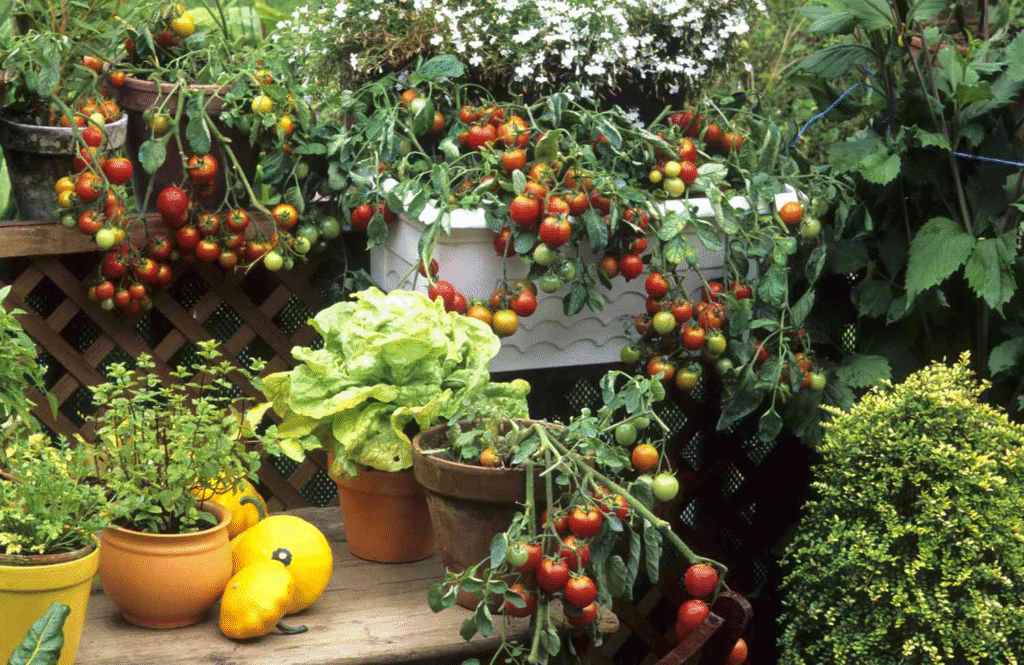
Once you’ve mastered the fundamentals, explore these advanced techniques:
Companion Planting in Containers
Strategic plant pairings can improve growth and deter pests:
- Tomatoes + Basil: Basil repels certain tomato pests and improves flavor
- Radishes + Carrots: Fast-growing radishes mark rows and break soil for slower carrots
- Nasturtiums + Cucumbers: Nasturtiums deter cucumber beetles and other pests
- Marigolds + Most Vegetables: Repel many common garden pests
- Pole Beans + Radishes: Beans fix nitrogen while radishes utilize space below
Season Extension Techniques
Grow vegetables longer with these methods:
- Cold Frames: DIY with old windows or purchase ready-made
- Floating Row Covers: Lightweight fabric that allows light and water while trapping heat
- Water Wall Protectors: Water-filled tubes that absorb heat during day, release at night
- Indoor Transition: Moving select containers indoors for fall/winter
- Hot Caps: Individual plant protectors for early spring planting
Succession Planting Strategy
Maximize harvest with strategic timing:
- Quick Crop Rotation: Plant fast-growing crops between longer-season vegetables
- Staggered Planting: Sow same crop every 2-3 weeks for continuous harvest
- Interplanting: Place quick crops around slow-growing vegetables
- Season Transitioning: Replace spring crops with summer varieties, then fall crops
Conclusion: Your Potted Vegetable Garden Journey
A container vegetable garden offers a flexible, accessible way to grow your own food regardless of your living situation. By starting with the right containers, appropriate plants, and a basic understanding of vegetable needs, even complete beginners can harvest fresh produce from their own pots and planters.
Remember that container gardening, like all gardening, involves some trial and error. Each growing season will teach you something new about your specific microclimate, the vegetables you prefer, and the techniques that work best in your space. Embrace the learning process, celebrate your successes, and view any challenges as opportunities to deepen your gardening knowledge.
As your confidence grows, experiment with different varieties, creative arrangements, and advanced techniques to increase both productivity and enjoyment. Container vegetable gardening can evolve from a simple hobby into a significant source of fresh, nutritious food for your household—all while beautifying your living space and connecting you more deeply to the natural cycles of growth and harvest.
